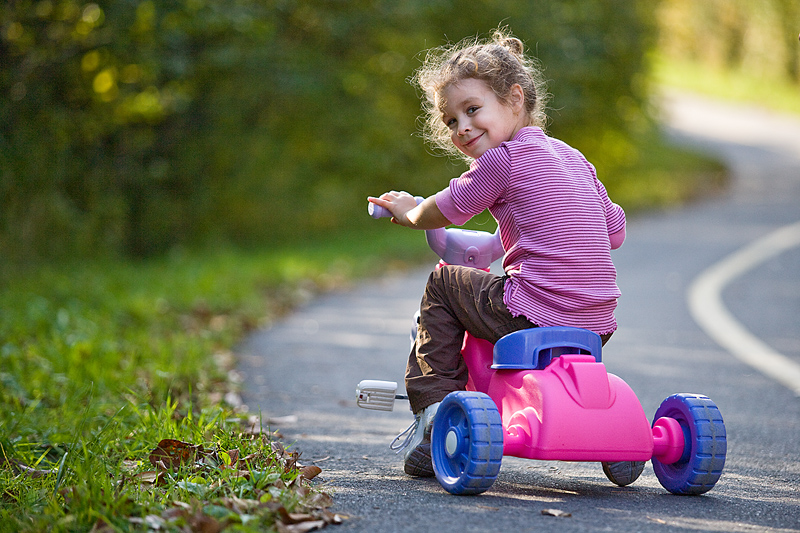
MONDAY, Oct. 17 (HealthDay News) —
Fast speeds, lack of helmet use and multiple riders piling into the same vehicle are among the reasons why thousands of American children are injured in all-terrain vehicle (ATV) crashes annually, according to new research.
The findings were to be presented Monday at the American Academy of Pediatrics (AAP) National Conference and Exhibition in Boston.
According to the AAP, children account for about one-third of the 130,000 to 150,000 ATV-related emergency department visits each year in the United States and one-quarter of the more than 800 ATV-related deaths.
More children are injured in ATV crashes in the United States than in bicycle accidents.
In one study, researchers reviewed University of Iowa data on 345 ATV-related injury cases and found that 80 percent of patients were male and 30 percent were 16 or younger. Fewer than 20 percent of riders wore helmets. Drivers were more likely than passengers to wear helmets and children were more likely than adults to wear helmets.
Rollovers accounted for 42 percent of injury-causing crashes, making this type of accident the most common cause of injury. Among patients older than age 15 who were tested for drugs and alcohol, 35 percent were positive for alcohol and 25 percent were positive for drugs.
Head injures were the most common cause of ATV-related deaths.
All the children treated for ATV injuries were driving adult-sized ATVs, noted lead author Dr. Charles Jennissen.
“The epidemic of ATV-related injuries can be attributed, at least in part, to the vehicles’ increasing popularity,” he said in an AAP news release. “In 2008, the number of ATVs in the U.S. was estimated to be 10.2 million, greater than triple the number a decade earlier. A major factor in the burgeoning sales has been the production of bigger and faster machines. Some ATV models now weigh over 800 pounds and are capable of speeds over 80 miles per hour.”
In a second study, Jennissen focused on the potential impact of shortening ATV seats. The seats on the vehicles are meant for one person but are typically long enough to accommodate a passenger, particularly a child.
“We suggest that a shorter seat, starting further from the handle bar attachment is the preferred ATV seat design,” Jennissen said. “This should discourage multiple passenger ATV use by reducing the space available for additional riders, and help decrease the number of ATV injuries.”
Because this study was presented at a medical meeting, the data and conclusions should be viewed as preliminary until published in a peer-reviewed journal.
More information
Concerned Families for ATV Safety has more about children and ATVs.

